The top camera adapters for scientific photography include the precision-engineered K&F Concept for budget needs, Fotodiox for specialized compatibility, Novoflex for professional-grade durability, Yeenon for high-resolution imaging, and Bresser’s smartphone clip-on adapters for accessibility. You’ll want adapters with anti-reflective coatings, precise alignment capabilities, and field flattener compatibility for excellent results. The right choice depends on your specific equipment and whether you need universal versatility or specialized performance.
Essential Features of Premium Microscope Camera Adapters
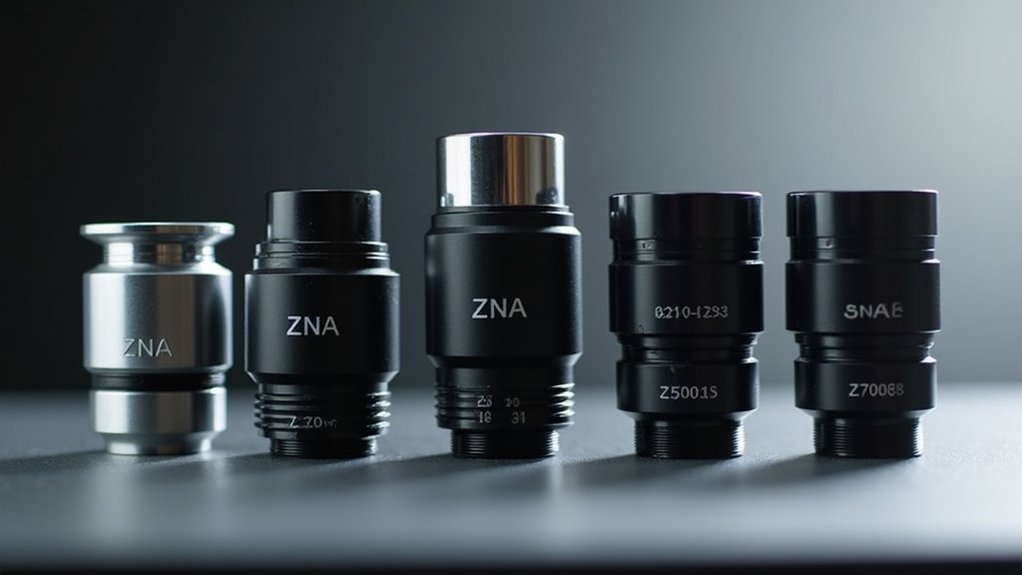
Quality considerations sit at the forefront when selecting premium microscope camera adapters. You’ll want to prioritize adapters that offer seamless compatibility with your specific camera model to guarantee reliable performance across your scientific applications.
Look for adapters with precise alignment capabilities and infinity focus maintenance—critical elements for capturing detailed microscopic images.
Precise alignment and infinity focus preservation ensure crisp, publication-quality micrographs in every research scenario.
The best camera adapters feature durable materials like chrome-plated brass inserts that prevent wear on both your camera and microscope mounts.
For peak image quality, consider adapters with built-in back focus adjustment mechanisms and field flattener compatibility. These features allow you to fine-tune your settings for maximum clarity and depth.
Additionally, premium adapters typically incorporate anti-reflective coatings that reduce light leaks and internal reflections, greatly enhancing your scientific photography results.
Universal vs. Specialized Adapters: Choosing the Right Fit
When deciding between universal and specialized camera adapters, you’ll need to weigh flexibility against precision for your scientific photography needs.
Universal adapters offer versatility for multiple devices, making them ideal if you work with various cameras and telescopes.
Specialized adapters, however, deliver excellent performance with specific equipment combinations. They often include advanced features like built-in field flatteners that enhance image quality for scientific work.
Before purchasing, verify compatibility between your camera mount and telescope thread sizes to prevent vignetting issues.
Quality matters regardless of your choice—invest in trusted brands to avoid light leaks and misalignment that plague cheaper alternatives.
Your imaging goals should drive this decision. If you’re committed to a single setup, a specialized adapter might deliver superior results for your scientific photography projects.
High-Resolution Imaging: Adapters for Research-Grade Microscopes
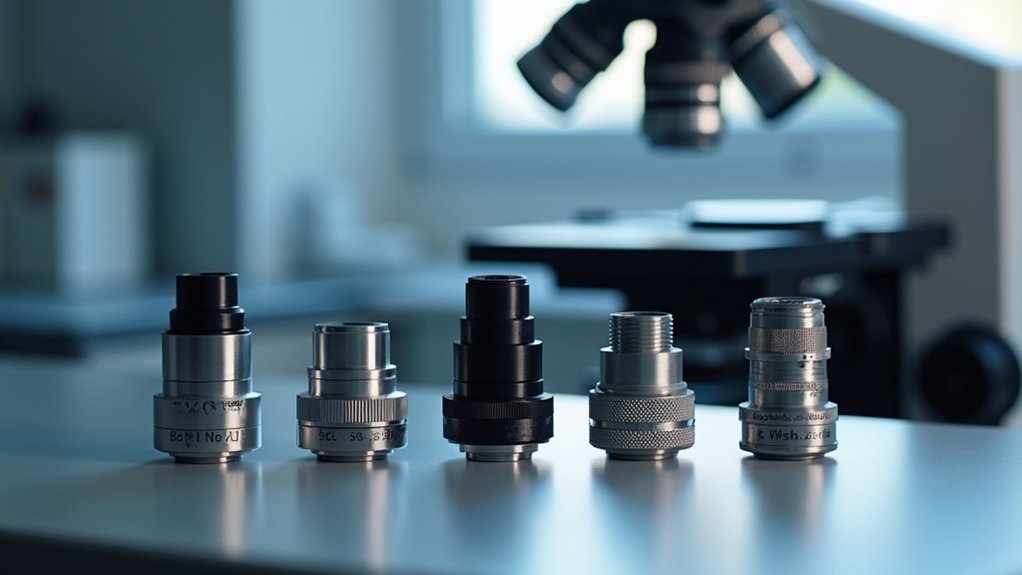
Three essential features define adapters for research-grade microscopes: precision alignment, optical compatibility, and focal stability.
When capturing microscopic specimens at high resolution, you’ll need an adapter that guarantees perfect alignment between your camera and microscope optics.
Research-grade adapters typically include extension rings that allow precise focus adjustment, vital for eliminating aberrations that compromise image quality.
Precision extension rings in research adapters eliminate optical aberrations, preserving critical image quality for scientific documentation.
For Canon or Nikon DSLR users, specialized T-mount adapters provide seamless integration with your microscope’s optical system.
The best adapters feature adjustable brightness and viewing angles, enhancing specimen visibility across various applications.
Remember, robust optics in your adapter greatly impact image clarity—a critical factor when documenting detailed cellular structures or material samples for publication.
Investing in quality adapters guarantees your scientific photography achieves the resolution and detail your research demands.
Budget-Friendly Adapter Options Without Compromising Quality
Finding affordable camera adapters doesn’t mean sacrificing essential performance for scientific photography. K&F Concept offers outstanding budget-friendly adapter options that deliver quality without breaking the bank. Users consistently praise these adapters for their solid construction and reliable performance, making them perfect for cost-conscious researchers.
Fotodiox provides another economical solution with adapters that focus on specific functionality while maintaining affordability.
Though slightly pricier, Novoflex adapters represent a modest investment that pays off with superior durability and construction quality.
For those with a bit more flexibility in their budget, Yeenon adapters offer precision build quality that enhances scientific imaging results.
Each of these brands demonstrates that you don’t need to compromise on quality when working within budget constraints for your research equipment.
Smartphone-Compatible Adapters for Accessible Scientific Documentation
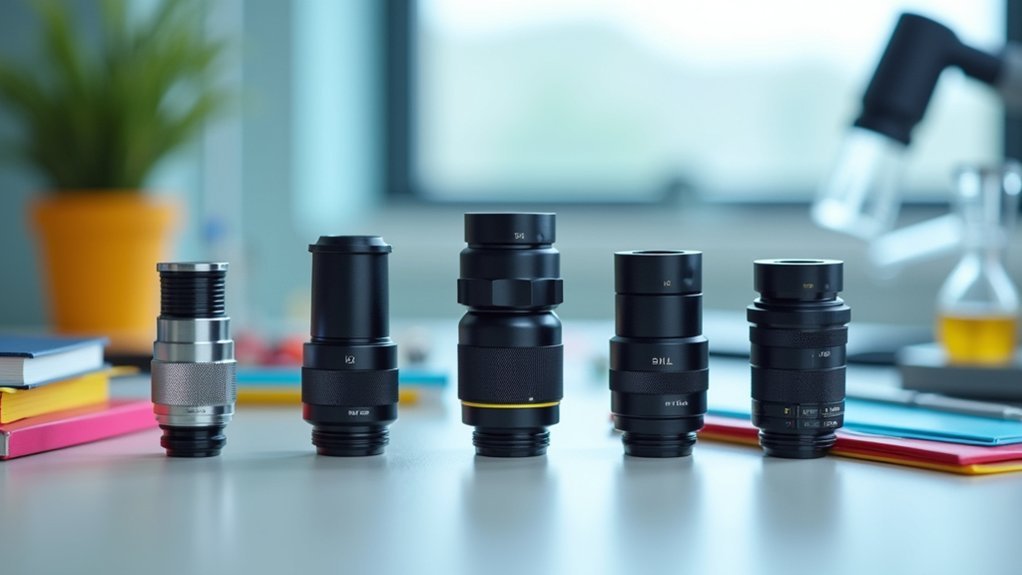
As scientific research becomes increasingly collaborative, smartphone-compatible adapters have revolutionized the way researchers document their findings.
These versatile tools allow you to capture high-quality images through microscopes using the device you already carry. Most adapters feature convenient clip-on designs that attach quickly to various smartphone models without specialized equipment.
Look for options with wide-angle lenses like the Bresser Clip-On 150° Super Wide-Angle, which captures broader fields of view for thorough specimen documentation.
For best results, choose adapters with adjustable brightness settings that enhance specimen visibility in changing light conditions.
Many modern options also include built-in WIFI connectivity, enabling you to share and store images instantly—streamlining your documentation workflow whether you’re in the lab, classroom, or field.
Frequently Asked Questions
Are Camera Adapters Compatible With Polarized Light Microscopy Setups?
Yes, you’ll find camera adapters that work perfectly with polarized light microscopy setups. They’ll connect your camera to the microscope while maintaining the polarization effects essential for your specialized imaging needs.
How Often Should Camera Adapters Be Calibrated for Optimal Performance?
You should calibrate camera adapters every 3-6 months or whenever you change equipment setups. Regular checks after heavy use guarantee ideal image quality and accurate measurements in your scientific photography work.
Can Adapters Affect the Working Distance of Microscope Objectives?
Yes, adapters can affect your microscope objectives’ working distance. They may increase the distance between camera and specimen, potentially altering focus capabilities and magnification. Always check compatibility when selecting adapters for your microscopic work.
Do Camera Adapters Require Special Software for Time-Lapse Photography?
Most camera adapters don’t require special software for time-lapse photography. You’ll typically need separate time-lapse software or your camera’s built-in features regardless of which adapter you’re using for mounting purposes.
What Maintenance Procedures Extend the Lifespan of Precision Camera Adapters?
You’ll extend your precision camera adapter’s lifespan by regularly cleaning contacts with isopropyl alcohol, storing it in dry environments, avoiding overtightening, applying light lubricant to moving parts, and using lens caps when not in use.
In Summary
When selecting a camera adapter for your scientific photography needs, you’ll find the best results come from matching the adapter to your specific equipment and research goals. Whether you’re investing in a high-resolution research-grade model or opting for a smartphone-compatible solution, today’s adapters offer impressive versatility. Don’t hesitate to prioritize image quality and compatibility—it’s an investment that’ll enhance your documentation and analysis capabilities considerably.
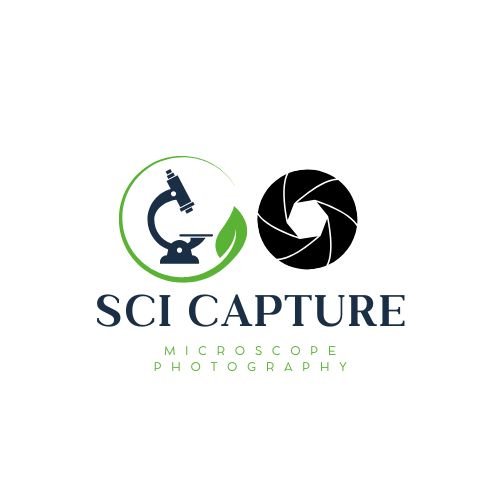
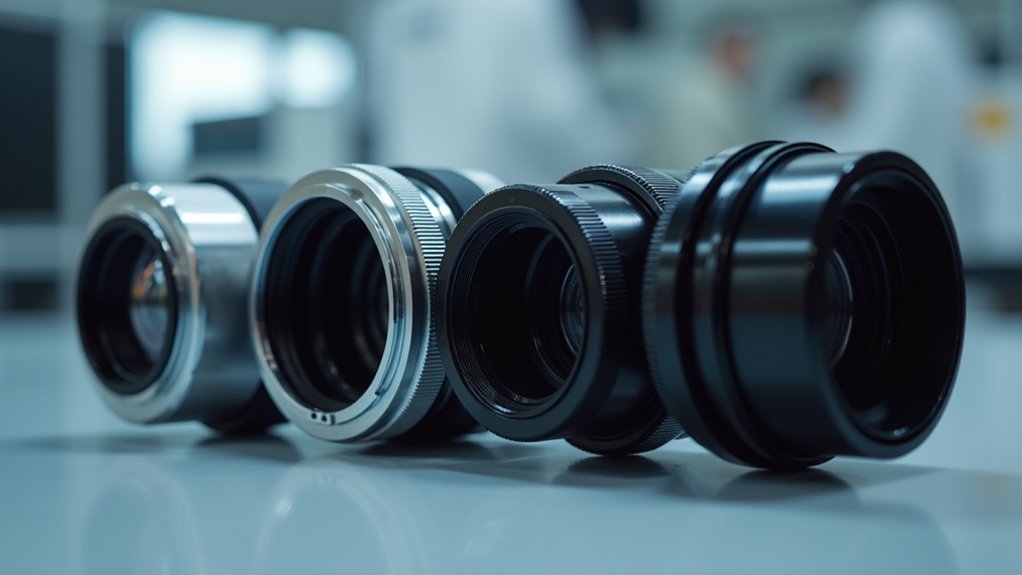
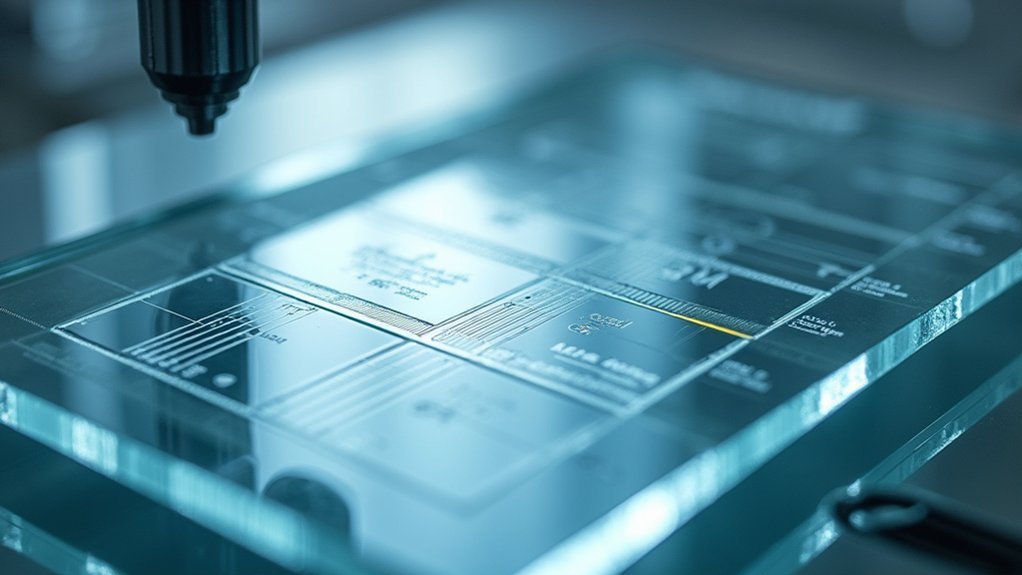
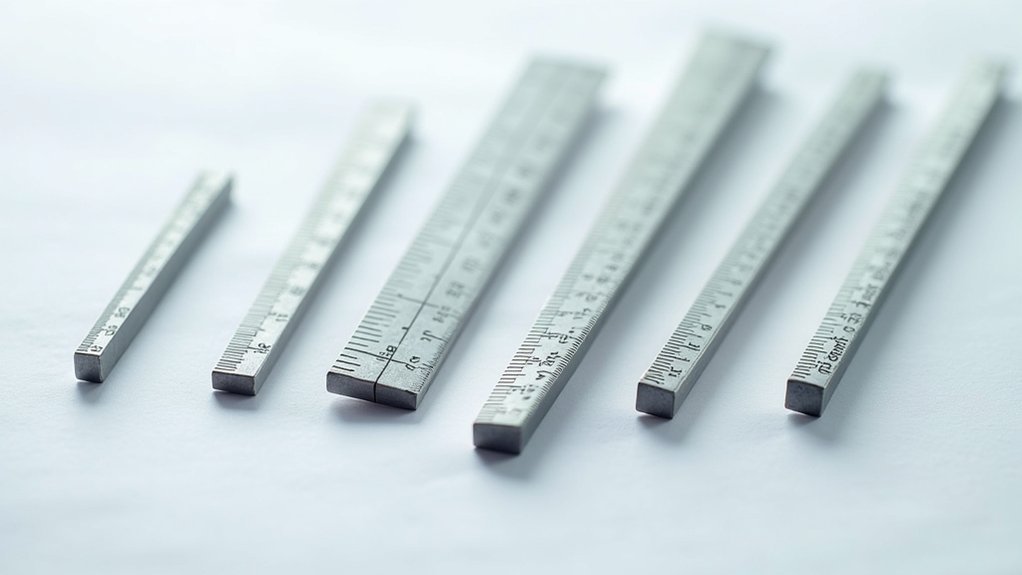
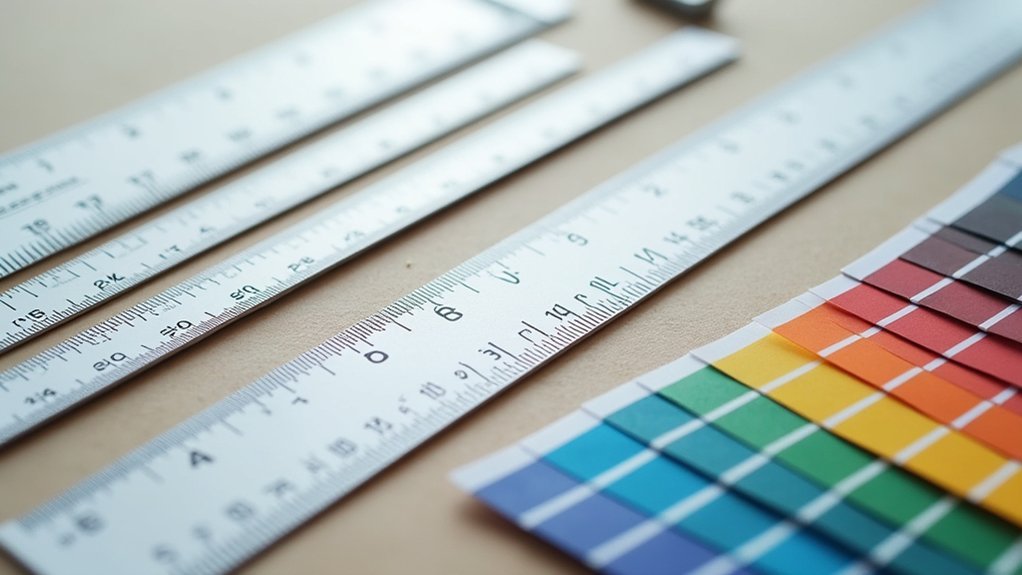
Leave a Reply